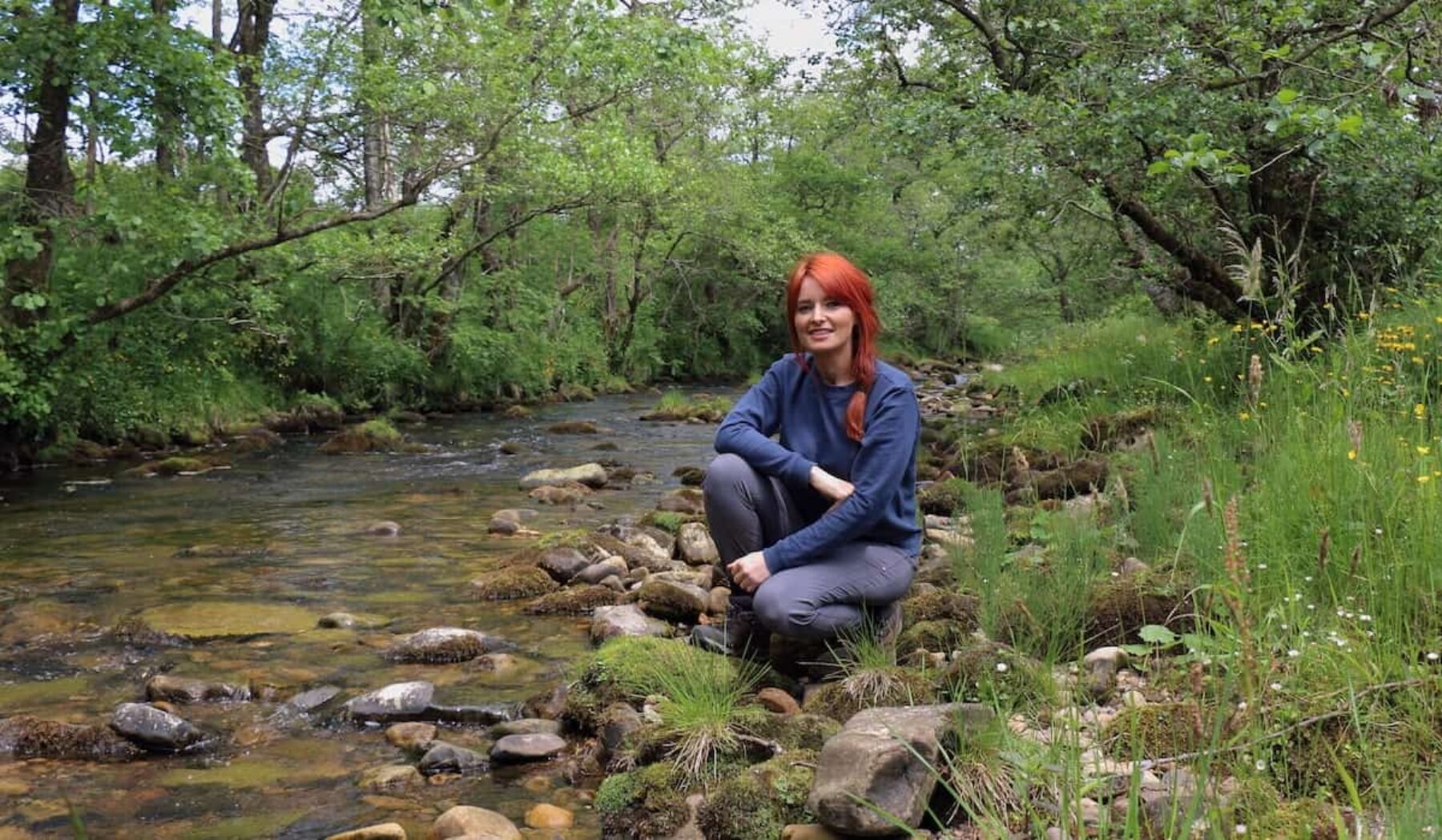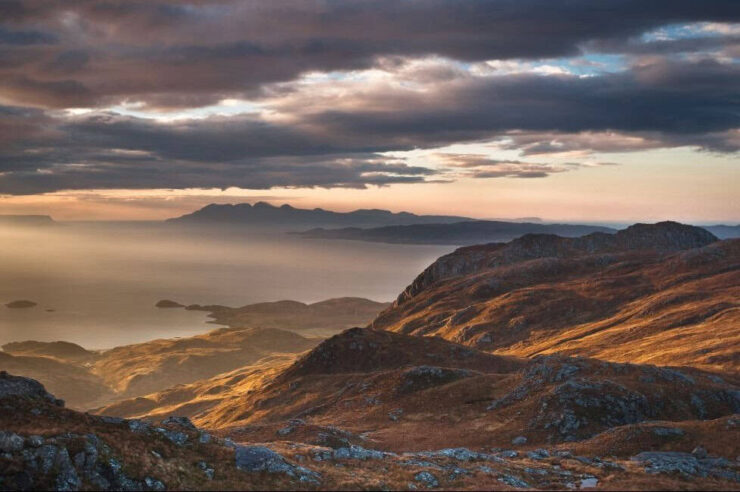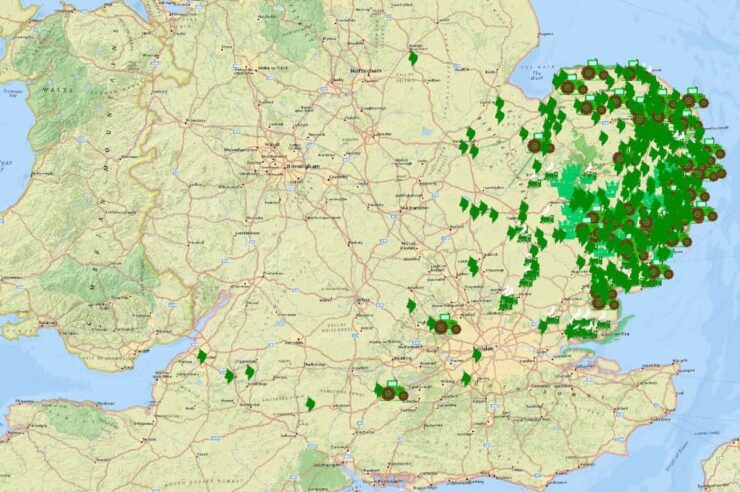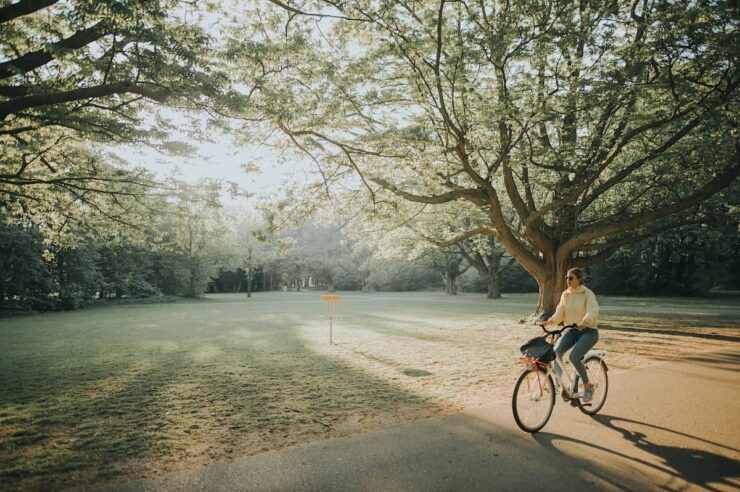How, and why, did a declining Scottish town buy a vast moorland from the Duke of Buccleuch? Martin Wright meets the women behind the most ambitious community rewilding project in Britain
Try this. Go to the top of your house or block and look out the window. Do you know who actually owns all the land you can see? Your answer, most likely, says a lot about the opaque nature of the country’s land ownership.
But for the residents of Langholm, nestled in the Esk Valley in southern Scotland, the answer would have come in a flash. The Duke of Buccleuch, of course. For hundreds of years, the moor above the town had been part of his vast landholding – once the largest in the country. The wealthy neighbour wasn’t particularly resented: after all, the estate had provided work – as gamekeepers, bailiffs and more besides – for many in the town.
But in recent years this had dried up, as the estate’s shooting business was wound down. Meanwhile, most of Langholm’s once thriving textile mills were closing, too. “This used to be known as ‘the muckle toon’,” says local resident Margaret Pool, citing the old Scots phrase evoking a bustle of prosperity, “but not anymore. We struggle to keep young people here, because there’s no outlet for their talents. Once they go away to college, it’s very hard to get them back.”
Then came the bolt from the blue. In 2018, the Buccleuch Estate put up for sale a whole swathe of land above the town. At first recalls Pool, who chairs the Langholm Initiative, a community development trust, “many people reeled from the news. [They were asking], ‘how can we manage without Buccleuch?’”.
But others saw an opportunity. Under Scottish law, communities are allowed to bid for land that comes up for sale in their area, and qualify for government support in doing so – if they can prove enough local interest and put together a credible business plan. Sensing a once-in-a-generation chance to spark new life into Langholm, Pool and her colleagues sprang into action.
They knew that the moorland, and the Tarras River valley that cut through the heart of it, had more to offer than just desultory grouse shooting and decaying conifer plantations. Thanks in part to Buccleuch’s benign neglect, it had huge potential as a gem of rewilding. They worked up a business model based on the creation of a Tarras Valley Nature Reserve, aiming to regenerate the community as well as the land, via ecotourism, environmental study centres, landscape restoration and more besides.
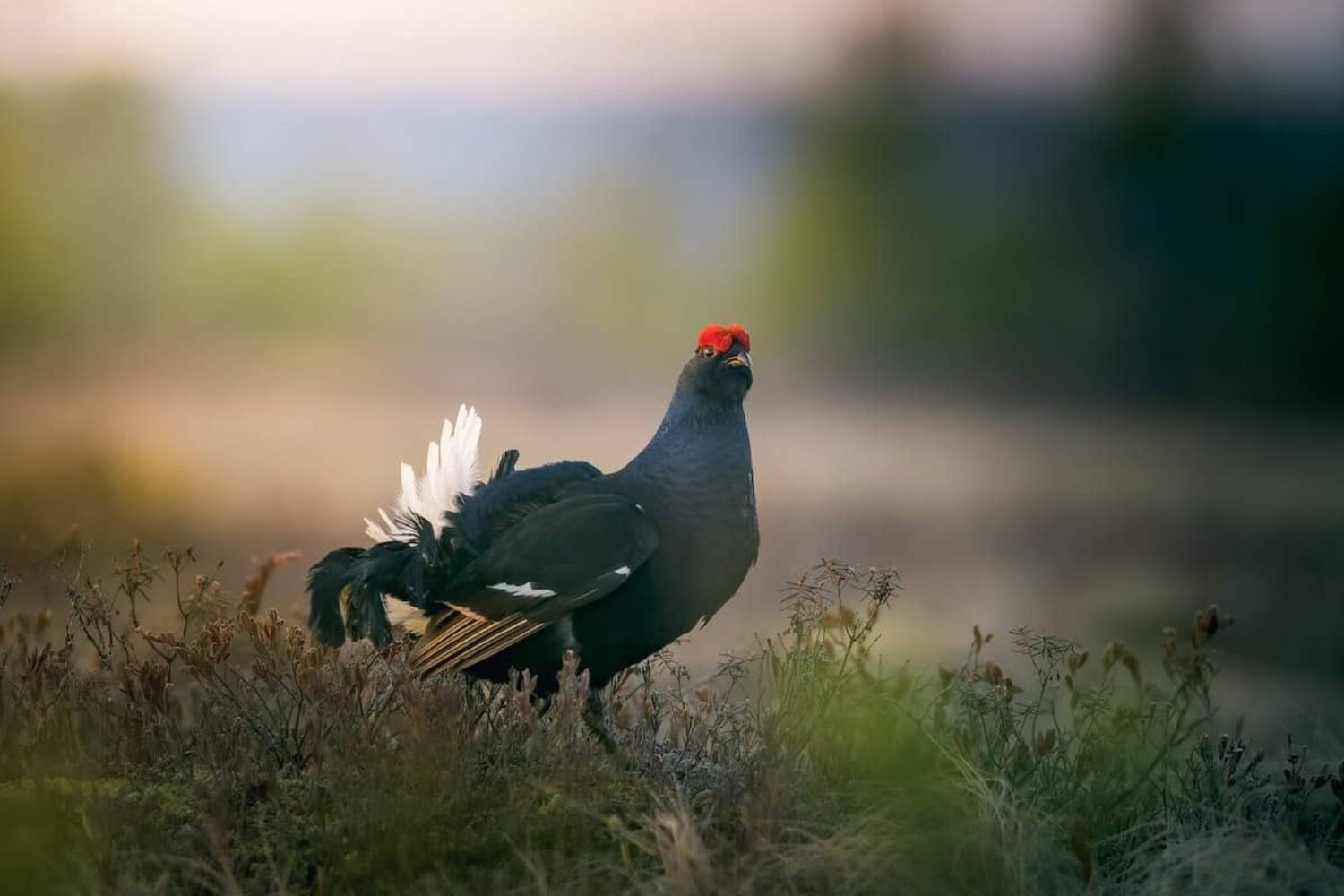
Black grouse are among the residents at Tarras Valley. Image: Daniil Komov
“We went round and knocked on doors, and within a fortnight we knew we had a lot of local backing.” Cue a furry of activity, not least raising the tidy sum of £3.8m to buy the 5,200 acres on offer. An intimidating ask for any purchaser, let alone a small community trust.
But the supporters of the Langholm Initiative weren’t alone. They were able to draw on the experience of other community buyouts, and their vision of combining the restoration of the land and the community drew funding from environmental organisations such as the John Muir Trust, Rewilding Britain, Trees for Life and the RSPB, as well as backing from the Scottish Land Fund. As the deadline for the sale approached, it was touch and go, but at the eleventh hour the Woodland Trust stepped in, the land was secured, and the Tarras Valley Nature Reserve came to life.
Some of what had inspired the trust to step in was apparent when the reserve’s newly appointed estate manager, Jenny Barlow (main image), showed me round this summer. The lower reaches of the river were bordered by a tangle of old oaks, cloaked in moss and lichen. And in the meadows alongside, ancient alders, larger than I’ve ever seen, were slowly tumbling into the earth, sprouting young rowan saplings from their crumbling boughs.
The land coming into our ownership has given the community a real sense of wellbeing
This summer, too, the community scored a second victory when it successfully bid for another 5,300 acres released by Buccleuch, stretching all the way up the valley. At present, much of it is bare hillside, sheep-cropped into blandness. But as Barlow explained, it means the reserve now embraces the whole catchment of the Tarras River, offering a tremendous opportunity for restoring an entire ecosystem at scale.
After decades of decline, the town at its foot is looking up again, in more ways than one. Margaret Pool embodies its optimism: “We’d like to think we can create sufficient jobs and prospects to keep more young people [here]. The land coming into our ownership has given the community a real sense of wellbeing.” Then, quoting the words of a song specially written for the occasion, she laughs: “It’s oor muir noo!
Martin Wright is chair of Positive News.
Main image: Jenny Barlow, estate manager at Tarras Valley Nature Reserve. Credit: Martin Wright
